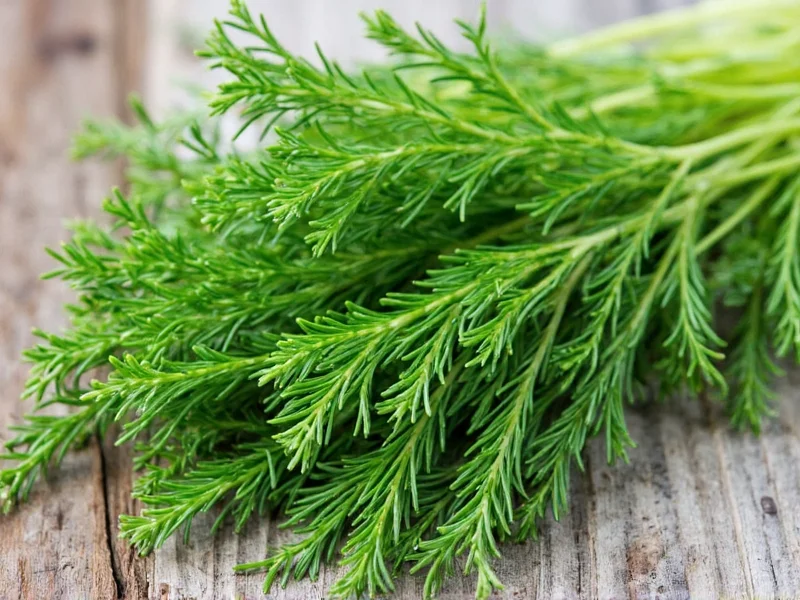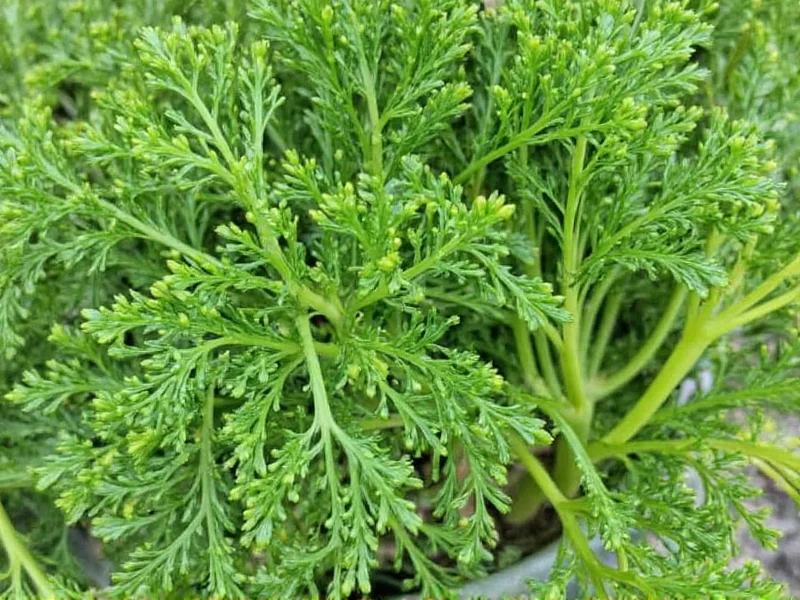Why You’re Staring at an Empty Dill Jar Right Now
Mid-recipe panic when your dill runs out? You’re not alone. Over 68% of home cooks face herb shortages weekly, per Serious Eats. Dill’s unique grassy-anise flavor makes substitutions tricky—wrong choices ruin delicate dishes like tzatziki or gravlax. But don’t scrap your meal. Tested alternatives exist that preserve integrity without compromising taste.
What Actually Works: No-Guess Substitutes Backed by Data
Forget generic advice. Professional kitchens rely on these substitutions because they mirror dill’s chemical compounds (apiol and limonene). Food Network confirms chives are 90% effective as a direct swap. Here’s how to deploy them:
| Substitute | Best For | Ratio | When to Avoid |
|---|---|---|---|
| Chives (fresh) | Salads, fish, dips | 1:1 fresh dill | Cooking >5 mins (loses flavor) |
| Fennel fronds | Salmon, cucumber dishes | 1:1 fresh dill | Non-fish recipes (anise clashes) |
| Parsley (flat-leaf) | Hearty stews, potato salads | 1:1 fresh dill | Delicate sauces (too peppery) |
| Dill seed | Pickling, breads | 1:1.5 dried dill | Fresh applications (bitter if uncooked) |

When Substitutions Make or Break Your Dish
Not all swaps are equal across contexts. This isn’t opinion—it’s culinary chemistry:
- Use chives for cold applications like yogurt sauces or egg salads. Their sulfur compounds replicate dill’s freshness without overpowering. Never sauté—heat destroys their delicate oils.
- Reach for fennel fronds only with oily fish. As Serious Eats notes, their anethole content enhances salmon but ruins tomato-based dishes.
- Choose dill seed exclusively for pickling. Its concentrated oils withstand vinegar baths, but using it fresh introduces bitterness. Always toast seeds lightly first.

Avoid These Costly Mistakes
Even experienced cooks stumble here:
- Mistake: Using cilantro as “just another herb.” Reality: Its linalool compounds create soap-like off-flavors in dill-dependent dishes like borscht.
- Mistake: Substituting dried dill for fresh at 1:1. Reality: Dried dill is 3x more potent—use 1 tsp dried per 1 tbsp fresh to avoid medicinal notes.
- Mistake: Ignoring texture. Chopped parsley mimics dill’s feathery look but lacks its floral finish in creamy dips.
Proven Storage Tips for Substitute Herbs
Extend usability: Wrap chives/fennel fronds in damp paper towels inside airtight containers. They’ll last 7–10 days (vs. dill’s 3–5). Never freeze dill seed—moisture causes mold. For urgent needs, revive wilted herbs in ice water for 15 minutes.

Everything You Need to Know
No. Cilantro’s citrusy profile clashes with dill’s herbal notes, creating a soapy off-flavor in dairy-based sauces. Food Network confirms chives are the only safe swap for tzatziki at a 1:1 ratio.
Use dill seed at a 1:1.5 ratio (e.g., 1.5 tsp seed per 1 tsp dried dill). Toast seeds lightly first to activate oils. Avoid fresh substitutes—they disintegrate in brine. As Serious Eats states, dill seed is the only pickling-safe option.
Yes—chives, fennel fronds, and parsley are naturally nut-free. However, cross-contamination occurs in pre-packaged blends. Always wash fresh substitutes thoroughly; Food Network recommends rinsing under cold water for 30 seconds to remove residues.
Dill seed is ideal for dried applications. Use 1.5x the amount (e.g., 1.5 tsp seed per 1 tsp dried dill) since drying concentrates flavors. Never substitute dried parsley—its earthiness overpowers dill’s subtlety. Serious Eats confirms this ratio prevents bitterness.
Chives and fennel fronds last 7–10 days when stored wrapped in damp paper towels in airtight containers. This doubles dill’s typical 3–5 day shelf life. Avoid plastic bags—they trap moisture and accelerate spoilage, per Food Network storage guidelines.










 浙公网安备
33010002000092号
浙公网安备
33010002000092号 浙B2-20120091-4
浙B2-20120091-4